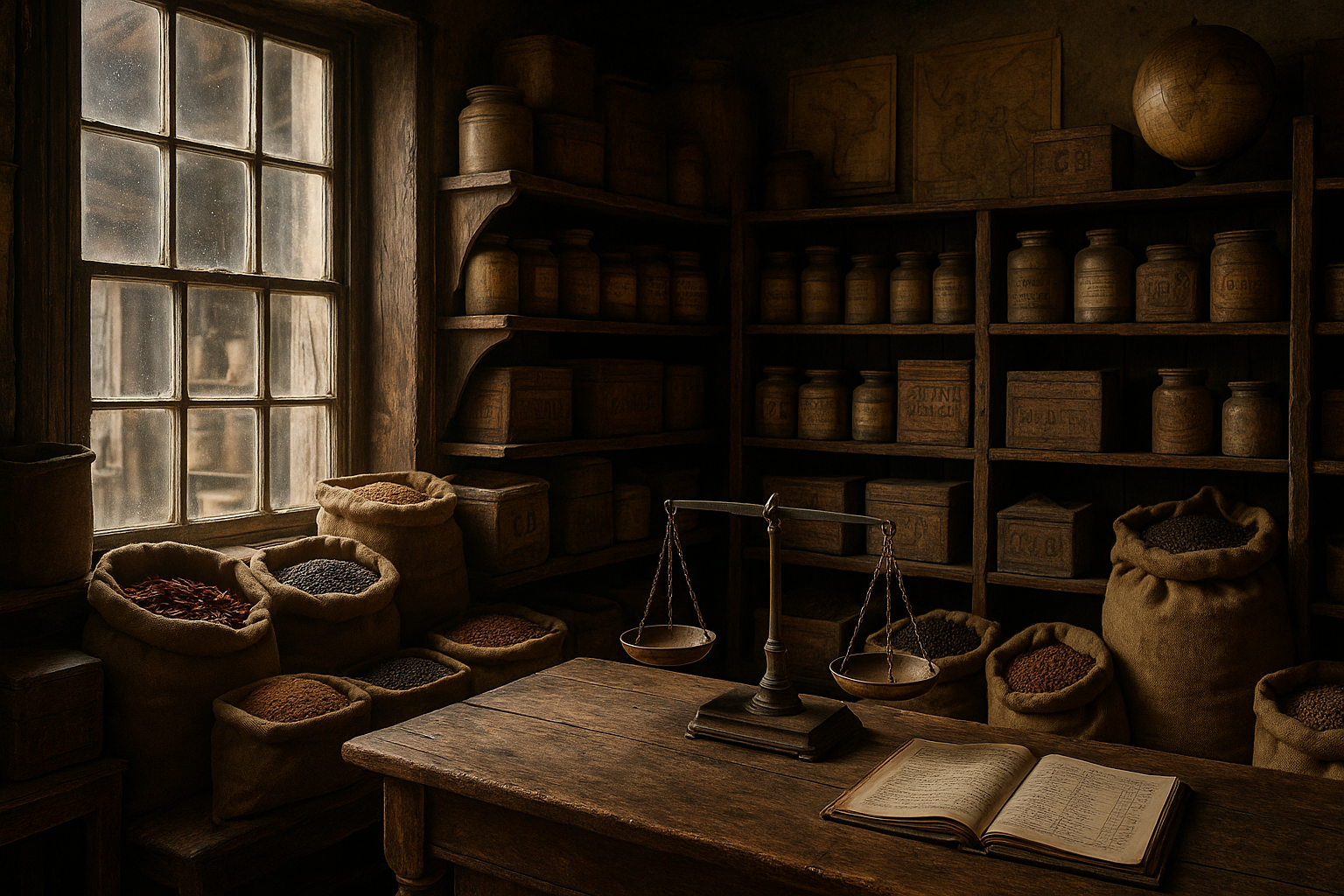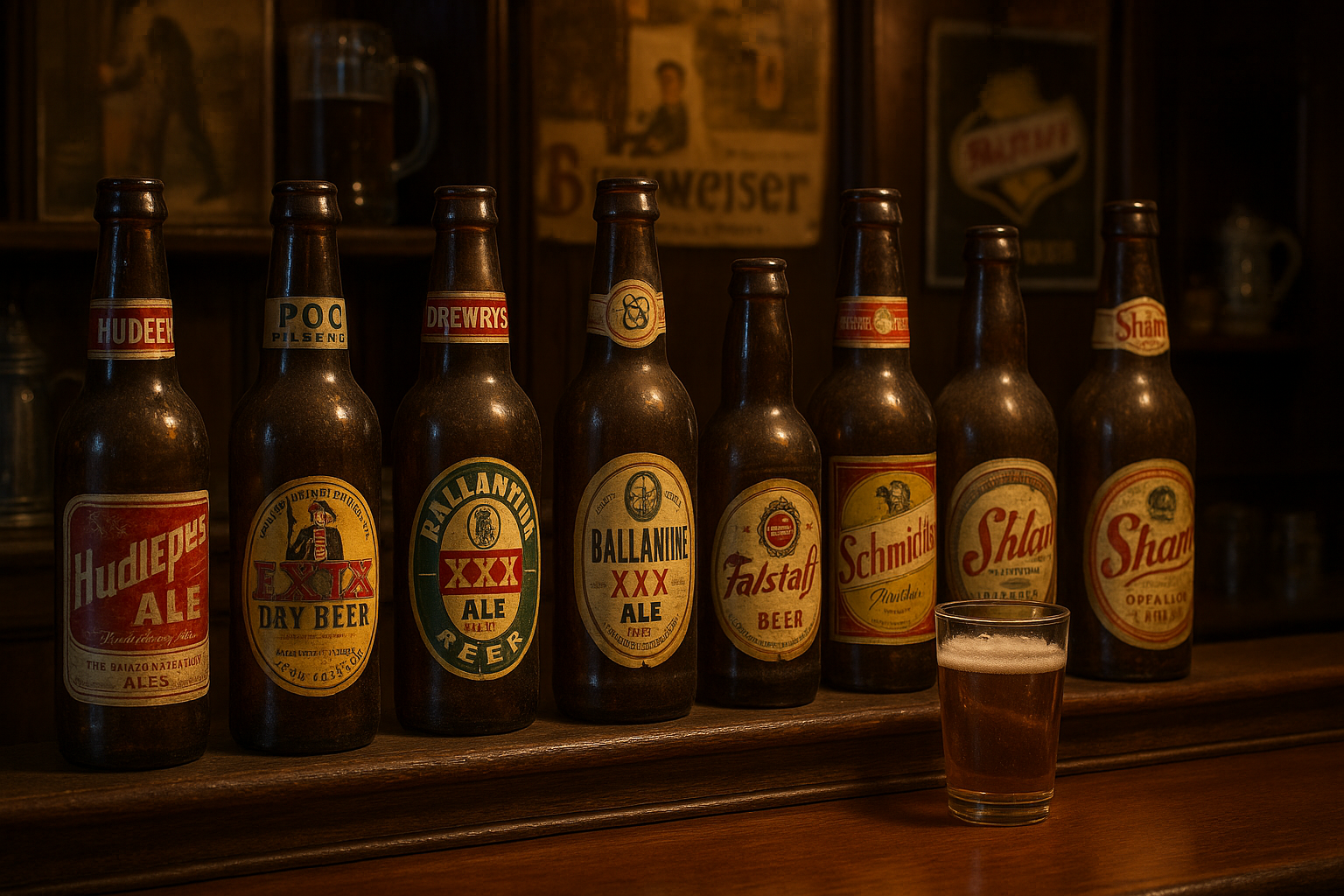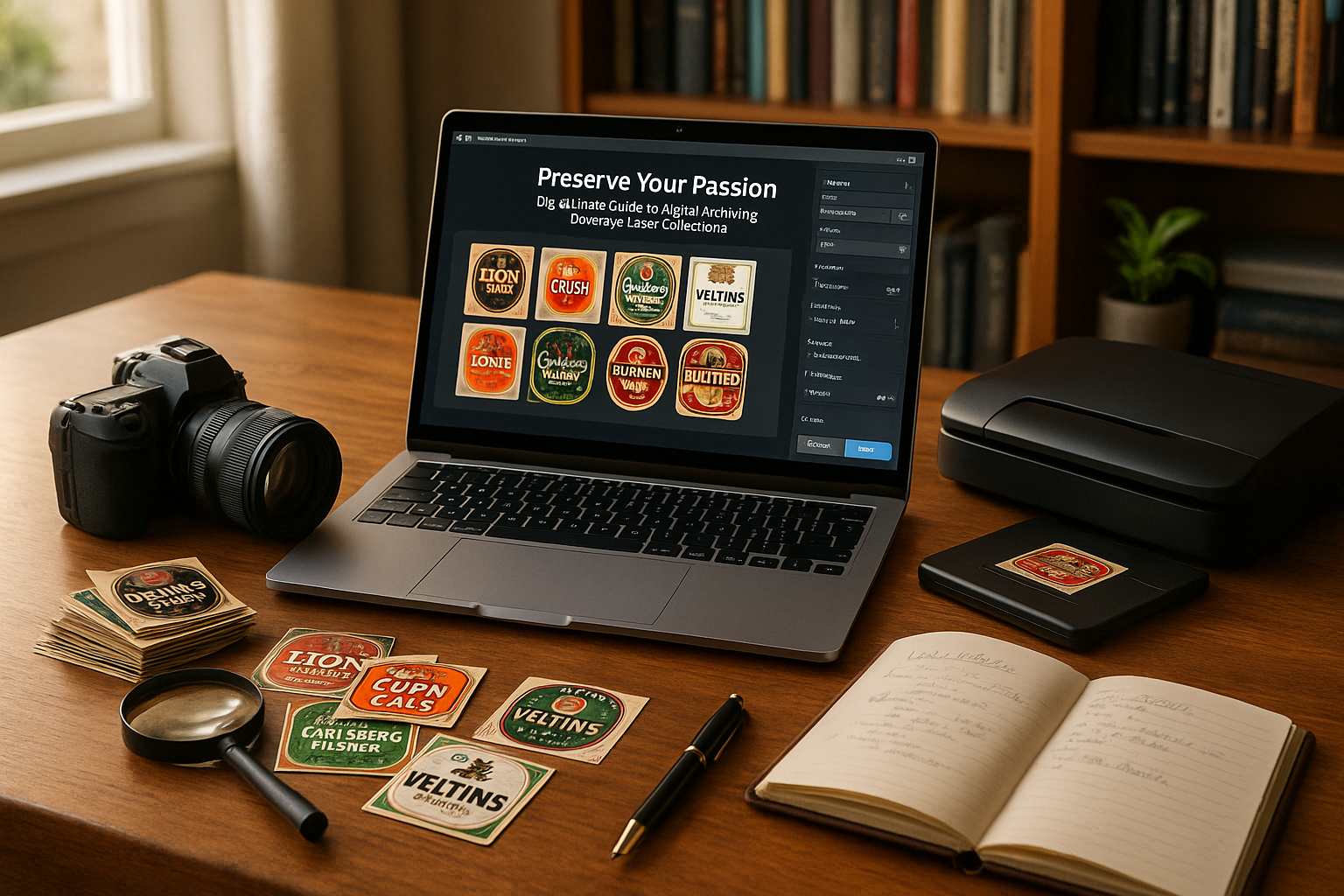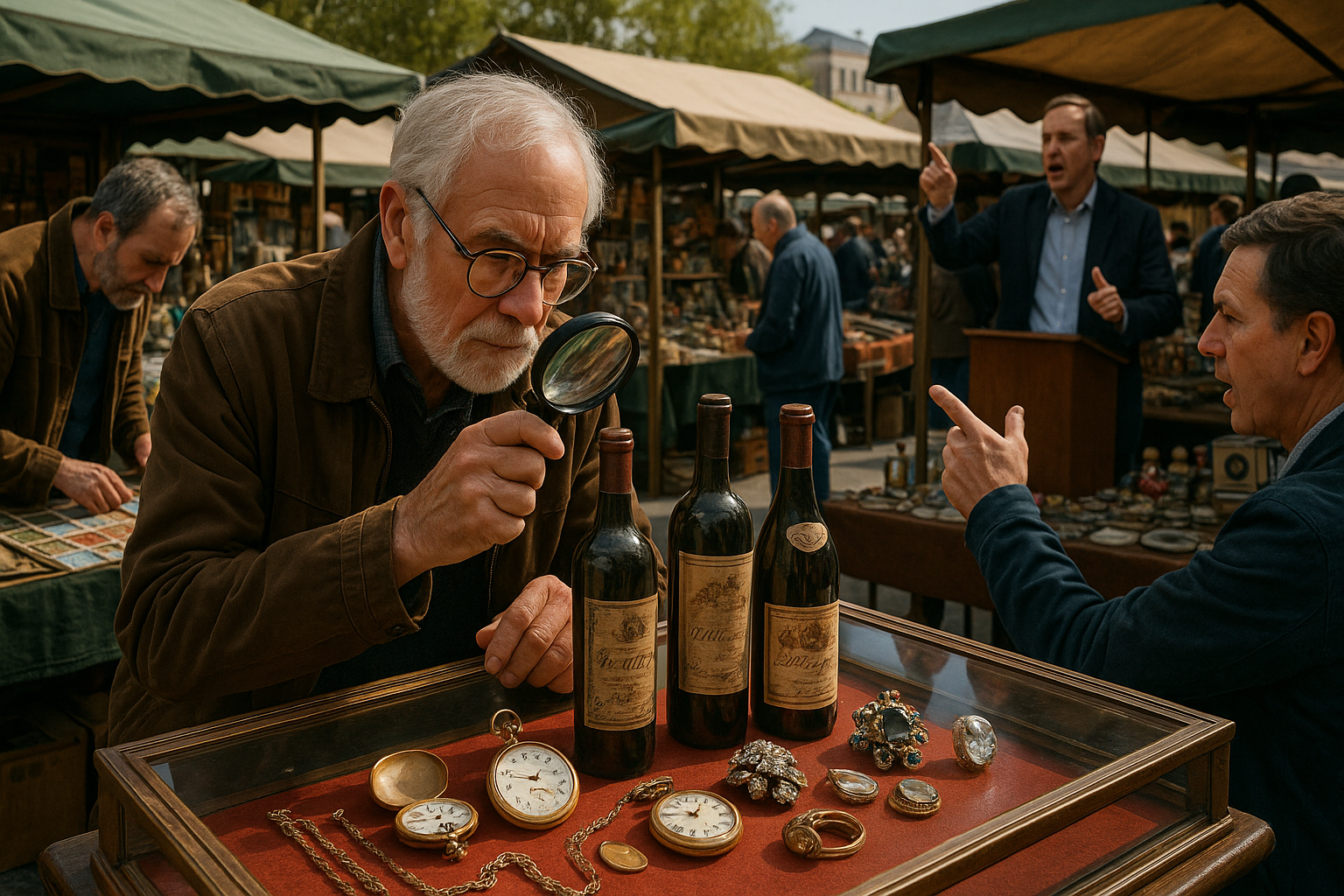The Allure of Vintage Coffee Can Labels: A Journey into History
In a world where digital media reigns supreme and minimalist design is often the norm, there exists a captivating allure in the intricate and colorful designs of vintage coffee can labels. These miniature masterpieces not only served a functional purpose but also captured the spirit and style of their respective eras, offering a glimpse into the past that is as aromatic as the coffee beans they once contained. Today, we invite you on a journey through time, exploring the vibrant colors and nostalgic charm that these labels evoke, breathing life into the stories and histories they quietly tell.
The art of coffee can labels dates back to a time when design was a crucial element of marketing, a powerful tool to stand out on crowded shelves and lure consumers with promises of exotic flavors and comforting aromas. These labels were more than mere packaging; they were a canvas for artistic expression and a reflection of cultural trends. From the Art Deco influences of the 1920s to the bold and dynamic designs of the 1960s, each label is a snapshot of its time, offering a visual narrative that transcends the boundaries of language and culture. As we peel back the layers of time, we discover how these designs not only appealed to the eye but also connected emotionally with consumers, creating brand loyalty that would last for generations.
In this exploration of vintage coffee can labels, we will delve into the artistry and craftsmanship that went into their creation. Each label was meticulously designed, often by hand, before the advent of digital design tools. This required a unique blend of creativity and technical skill, as designers had to balance aesthetics with functionality, ensuring that their artwork not only caught the eye but also communicated key brand messages and information. We will examine how these labels were influenced by broader artistic movements and technological advancements, and how they, in turn, influenced the branding and marketing strategies of the coffee industry.
But the allure of these labels extends beyond their visual appeal; they are also a testament to the evolving consumer culture and the role of coffee in society. As we journey through different decades, we will explore how the themes and imagery used in coffee can labels reflect the changing tastes, values, and aspirations of consumers. Whether it was the promise of luxury and sophistication in the post-war era or the emphasis on convenience and modernity in the mid-20th century, each label tells a story of its time, capturing the essence of what coffee represented to the people who brewed it each morning.
So, why does this matter today? In an age where we are constantly bombarded with information and visuals, taking a moment to appreciate the artistry and history of something as seemingly mundane as a coffee can label can offer a refreshing pause. It reminds us of the power of design to evoke emotion, to tell stories, and to connect us with our past. As we sip our modern lattes and espressos, let us not forget the rich tapestry of history and art that brought us here. Join us as we revive the past and celebrate the vibrant colors and nostalgic charm of vintage coffee can labels, uncovering the stories and memories they hold, one label at a time. ☕✨
The Evolution of Coffee Branding: From Tin Cans to Modern Packaging
As we explore the history of coffee packaging, it’s important to understand how the shift from tin cans to modern packaging has influenced branding strategies. In the early 20th century, coffee was predominantly sold in tin cans, which provided a durable and airtight container that preserved freshness. The labels on these cans were crucial in differentiating brands and attracting customers in a competitive market.
With advancements in packaging technology, coffee brands began to explore new materials and designs. The transition from tin cans to more flexible packaging options, such as vacuum-sealed bags and eco-friendly containers, marked a significant shift in how coffee was marketed. Modern packaging not only focuses on functionality and sustainability but also offers a canvas for innovative branding techniques.
The move towards more sustainable packaging has been driven by consumer demand and environmental concerns. Brands are increasingly using materials that are recyclable or biodegradable, and packaging designs now incorporate minimalist aesthetics and clear messaging. While the nostalgic charm of vintage coffee can labels remains a beloved aspect of coffee culture, contemporary packaging reflects the evolving priorities of both brands and consumers.
Comparing Vintage and Modern Coffee Packaging
| Aspect | Vintage Coffee Can Labels | Modern Coffee Packaging |
|---|---|---|
| Material | Tin Cans | Vacuum-Sealed Bags, Eco-Friendly Containers |
| Design | Intricate Illustrations, Bold Typography | Minimalist Aesthetics, Clear Messaging |
| Sustainability | Non-Recyclable | Recyclable, Biodegradable |
As you can see from the table, the evolution of coffee packaging reflects broader changes in consumer preferences and environmental awareness. While vintage coffee can labels offer a nostalgic glimpse into the past, modern packaging aligns with the contemporary emphasis on sustainability and efficiency.
Collecting Vintage Coffee Can Labels: A Passionate Hobby
For many enthusiasts, collecting vintage coffee can labels is more than just a hobby—it’s a passion. The thrill of discovering a rare label or completing a series is part of what makes this pastime so engaging. Collectors often specialize in specific eras, brands, or design styles, creating curated collections that reflect their personal interests and tastes.
The rarity and condition of a vintage label can significantly impact its value. Labels that are well-preserved and feature vibrant colors are highly sought after by collectors. Some labels may also have historical significance, such as those produced during World War II when materials were scarce and design choices were influenced by wartime rationing.
Online marketplaces and collector forums have made it easier than ever for enthusiasts to connect and trade labels. These platforms provide a space for collectors to share their finds, discuss trends, and seek advice from fellow aficionados. Whether you’re a seasoned collector or just starting out, the world of vintage coffee can labels offers endless opportunities for exploration and discovery.
Getting Started with Your Collection
- Research different eras and styles to find what resonates with you.
- Set a budget and be mindful of the condition and rarity of the labels you purchase.
- Join online communities and forums to connect with other collectors and gain insights.
- Consider attending flea markets, antique shops, and estate sales for potential finds.
- Protect and preserve your labels by storing them in a cool, dry place away from direct sunlight.
Embrace the journey and enjoy the process of uncovering the stories behind each label. Each piece you add to your collection is a window into the past, offering a glimpse of the world as it once was.
To dive deeper into the world of vintage coffee can labels and see some remarkable examples, check out this informative video by Retro Views on their YouTube channel: Exploring Vintage Coffee Can Labels. Watch and be inspired by the creativity and history behind these captivating designs.
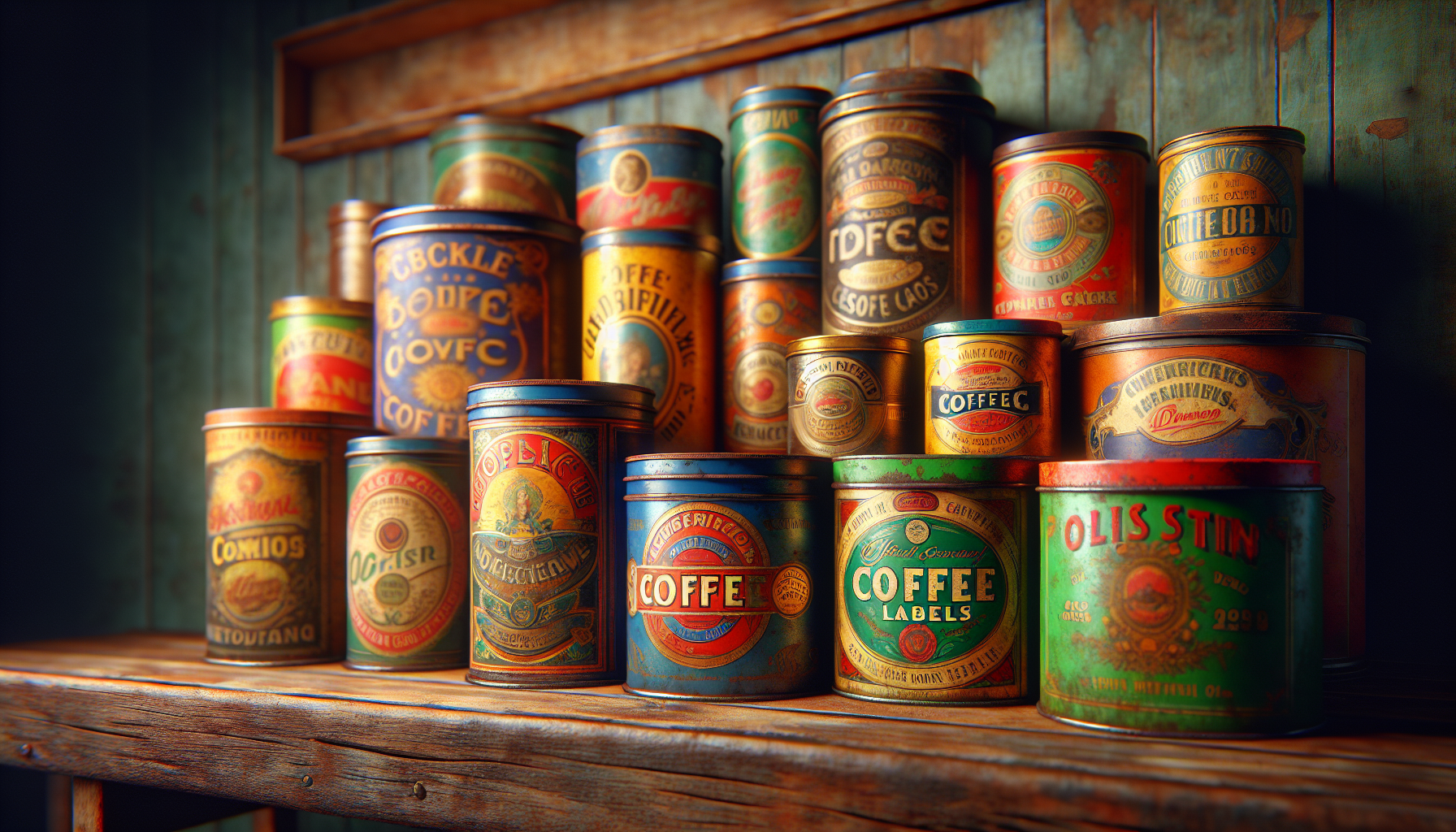
Conclusion
Title: Reviving the Past: Exploring the Vibrant Colors and Nostalgic Charm of Vintage Coffee Can Labels
In conclusion, the exploration of vintage coffee can labels is not merely a journey through colorful designs and nostalgic memories; it is a vivid testament to the intersection of art, culture, and commerce over the decades. This article has delved into the unique allure and historical significance of these captivating artifacts, shedding light on their evolution and enduring appeal.
Firstly, we revisited the rich history of coffee can labels, tracing their origins back to the late 19th and early 20th centuries. During this period, the rise of consumer culture sparked a creative explosion in packaging design. Brands competed to catch the eye of potential buyers through vibrant colors and intricate designs, a strategy that not only distinguished products on crowded shelves but also encapsulated the spirit of the times. Vintage coffee can labels, with their detailed illustrations and bold typography, serve as a snapshot of the artistic trends and technological advancements of their respective eras.
Next, we explored the design elements that make these labels so compelling. From the ornate scrollwork and lavish imagery of the early 1900s to the streamlined, modernist aesthetics of the post-war period, each label tells its own story. The use of color, symbolism, and typography on these labels reflects broader social changes, including shifts in gender roles, economic conditions, and cultural trends. For instance, labels from the Great Depression era often featured reassuring imagery and messages, aiming to provide comfort in uncertain times.
Furthermore, the article highlighted the resurgence of interest in vintage coffee can labels among collectors and enthusiasts today. This renewed fascination is driven by a desire to preserve the craftsmanship and creativity of a bygone era, as well as a growing appreciation for sustainable practices in design and production. By valuing and repurposing these historical pieces, collectors are not only celebrating their aesthetic beauty but also promoting a more conscious approach to consumption and heritage conservation.
The importance of this topic extends beyond mere nostalgia. Vintage coffee can labels offer invaluable insights into our cultural heritage and serve as a reminder of the power of design in shaping consumer behavior and brand identity. As we navigate the challenges of modern consumerism, the lessons learned from these labels can inspire contemporary designers and marketers to create more meaningful and enduring connections with audiences.
In light of these reflections, I encourage you, dear reader, to engage with the legacy of vintage coffee can labels. Whether through collecting, studying, or simply appreciating their artistry, you can become a steward of this rich cultural heritage. Share your thoughts and discoveries with others, and consider how the principles of design and storytelling from the past can be applied to the present. By doing so, we not only honor the past but also pave the way for a more vibrant and creative future.
As you continue to explore the world of vintage coffee can labels, you may find resources such as the Smithsonian’s National Museum of American History and Collecting Vintage Coffee Tins to be valuable for further research. These platforms provide access to extensive collections and insights into the fascinating history of these labels.
In closing, let us embrace the nostalgia and beauty of vintage coffee can labels as a source of inspiration and learning. By appreciating and preserving these cultural artifacts, we keep alive the stories they tell and the creativity they embody. 🌟
Thank you for joining me on this colorful journey through the past. Feel free to share your thoughts in the comments, spread the word by sharing this article, and apply the lessons of vintage design in your own creative endeavors. Together, we can ensure that the charm of these labels continues to inspire and delight for generations to come.
Toni Santos is a visual poet and botanical dreamweaver, archiving the ephemeral beauty of dreams through nature’s delicate language.
In his artistic universe, every petal, vine, and root becomes a memory—an echo from the subconscious—preserved in time like pages from an ethereal journal. Toni treats plants not just as living beings, but as dream-symbols: vessels of forgotten feelings, silent wishes, and secret stories waiting to unfold.
His work is rooted in the belief that nature holds the vocabulary of dreams. Through botanical compositions, symbolic floral creations, and enchanted visual studies, he gives form to the unseen — the moment between sleep and wakefulness, where memory fades and imagination begins.
As the visionary behind Vizovex, Toni curates collections that feel like fragments of a dreamscape: moss-filled glass jars, mythic flowers, ancient botanical symbols reimagined. These creations invite you to explore your inner worlds and reawaken your sense of wonder.
His work is a tribute to:
The dreamlike language of plants and natural symbols.
The quiet messages found in forgotten moments.
The art of recording the soul’s memories in organic form.
Whether you’re a seeker of meaning, a lover of myth, or someone who drifts between the symbolic and the real, Toni welcomes you to explore an archive of dreams — one petal, one relic, one timeless whisper at a time


